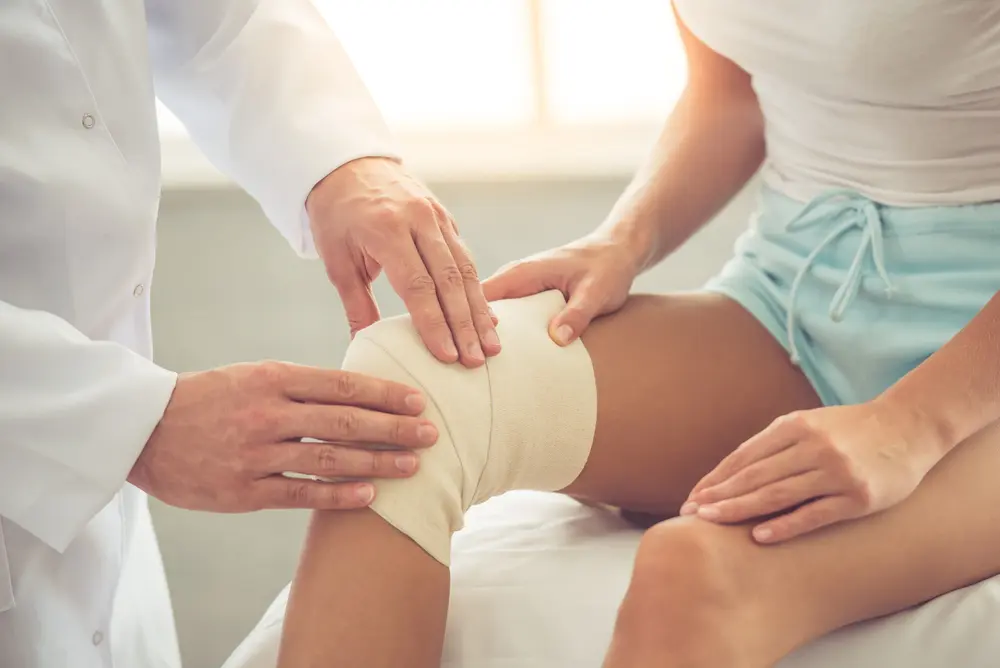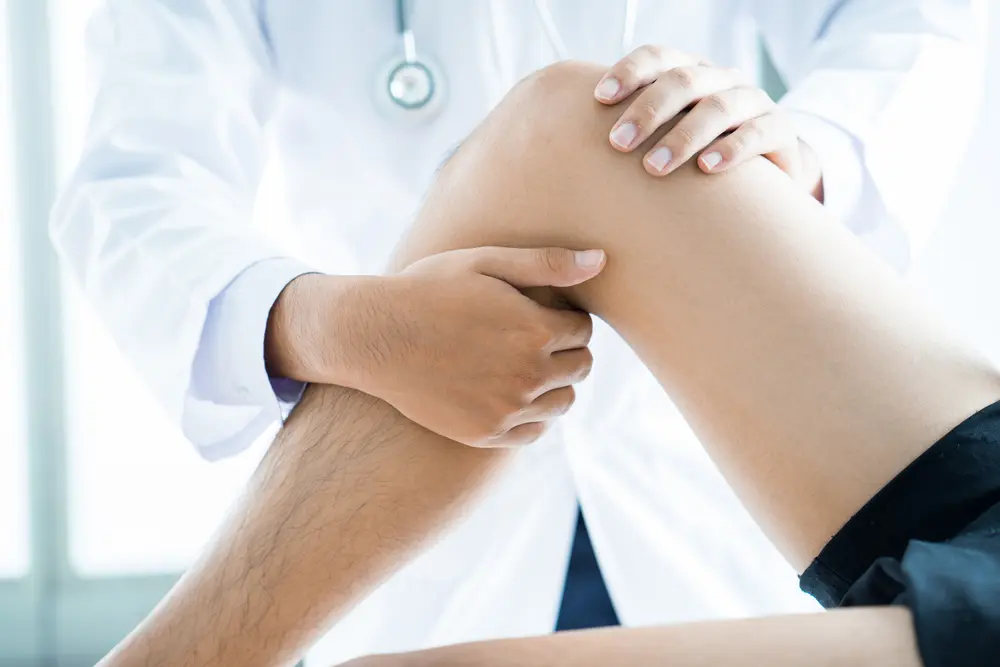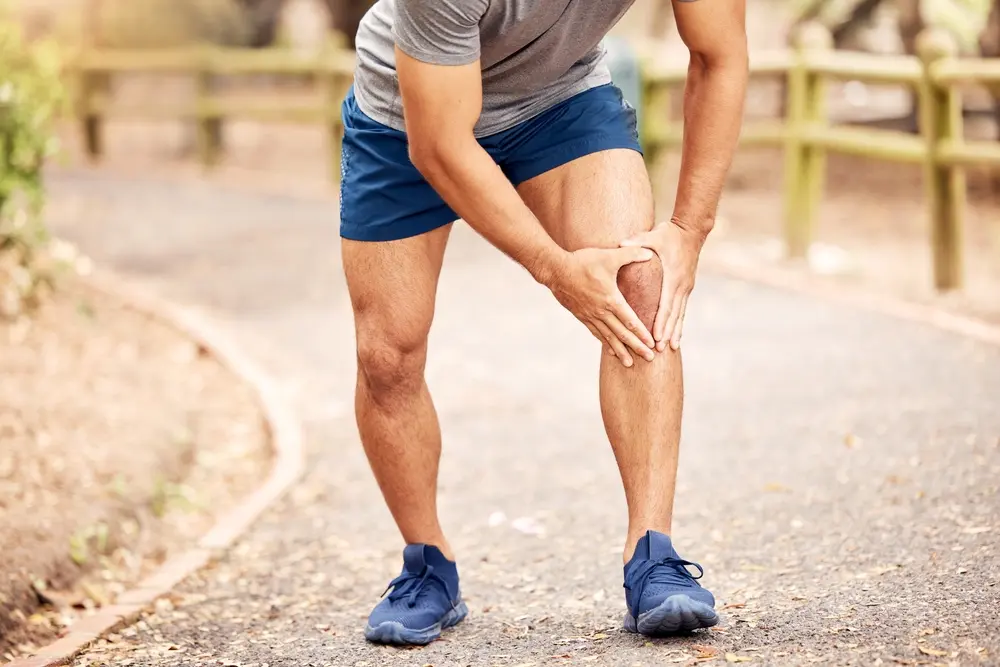Exercises After Knee Replacement Surgery: Your Ultimate Guide to Safe, Effective Recovery & Lifelong Mobility
Knee replacement surgery is a life-changing procedure, with over 790,000 surgeries performed annually in the U.S. alone. While the surgery itself replaces damaged joints, the real work begins during recovery. Studies show that patients who commit to a structured exercise program regain mobility twice as fast as those who skip rehab. But where do you start? How do you avoid setbacks? And what exercises are truly safe?
You’ll discover:
- Phase-specific exercises (0–6 weeks, 6–12 weeks, 3+ months)
- Proven techniques to reduce swelling, improve flexibility, and rebuild strength
- Critical safety tips to protect your new knee
- Senior-friendly modifications for aging bodies
- Expert answers to the top 10 FAQs
Let’s embark on a recovery journey that’s equal parts science-backed and empowering.
Why Physical Therapy Is Your Recovery’s Backbone
Physical therapy isn’t just a recommendation—it’s a medical necessity. According to a 2023 study in The Journal of Bone and Joint Surgery, patients who skip PT are 3x more likely to develop stiffness or blood clots.
How PT Accelerates Healing
- Reduces Swelling: Gentle movements boost circulation, flushing out excess fluid.
- Prevents Scar Tissue: Controlled bending and stretching keep joints supple.
- Rebuilds Muscle Atrophy: Post-surgery, thigh muscles can lose 20% of their mass within weeks. PT reverses this.
Dr. Emily Carter, a leading orthopedic physical therapist, explains:
“Your new knee is only as strong as the muscles around it. PT isn’t optional—it’s the bridge between surgery and normalcy.”

The 3-Phase Recovery Timeline: Exercises for Every Stage
Recovery isn’t linear. Tailoring exercises to your phase prevents overexertion and optimizes progress.
Phase 1: Early Recovery (0–6 Weeks)
Goal: Reduce knee pain, initiate movement, and prevent complications.
Top Exercises
- Ankle Pumps
- How to Do It: Lie flat, flex ankles upward (toes toward nose), then downward (toes away).
- Frequency: 10 reps hourly.
- Why It Works: Prevents blood clots by activating calf muscles.
- Heel Slides
- How to Do It: Sit or lie down, slowly slide your heel toward your buttocks until mild tension is felt. Hold 5 seconds.
- Pro Tip: Place a plastic bag under your heel for smoother gliding.
- Straight Leg Raises
- How to Do It: Tighten thigh muscles, lift leg 6–12 inches off the bed, hold 5 seconds.
- Common Mistake: Arching your back—keep it flat against the bed.
Safety Gear: Use a walker or cane for balance. Avoid twisting motions.
Phase 2: Mid-Recovery (6–12 Weeks)
Goal: Strengthen muscles, improve balance, and restore functional mobility.
Top Exercises
- Mini Squats
- How to Do It: Hold a chair for support, lower hips 6 inches (as if sitting), then rise.
- Form Check: Knees should never extend past toes.
- Resistance Band Leg Presses
- How to Do It: Sit in a chair, loop a band around your ankles, and press one leg forward against resistance.
- Band Strength: Start with light (yellow) bands; progress to medium (green).
- Stationary Cycling
- Setup: Adjust seat height so your knee is slightly bent at the pedal’s lowest point.
- Progression: Start with 5 minutes daily; add 2 minutes weekly.
Expert Insight:
“Cycling is a game-changer. It lubricates the joint without impact,” says Dr. Mark Rivera, a sports medicine specialist”.
Phase 3: Long-Term Recovery (3+ Months)
Goal: Advanced strength, endurance, and return to daily activities.
Top Exercises
- Step-Ups
- How to Do It: Use a 4-inch step. Lead with your surgical leg, step up, then lower slowly.
- Avoid: Letting your knee cave inward—keep it aligned with your second toe.
- Water Aerobics
- Benefits: Water’s buoyancy reduces joint stress by 50%. Try leg kicks or underwater jogging.
- Modified Yoga
- Safe Poses: Seated forward fold, supine hamstring stretch with a strap.
- Avoid: Deep lotus poses or kneeling.

Exercise Categories: Building a Balanced Routine
Stretching & Flexibility
Why It Matters: Improves knee flexion (bending), which is critical for sitting, driving, and climbing stairs.
- Hamstring Stretch
- How to Do It: Sit on a chair, extend one leg with heel on the floor, and lean forward from the hips.
- Hold: 30 seconds per leg.
- Calf Stretch
- How to Do It: Facing a wall, place hands at eye level. Step back with your surgical leg, press heel into the floor.
- Modification: Use a yoga strap to gently pull toes toward you while seated.
Strengthening & Stability
Why It Matters: Weak hips or glutes force the knee to compensate, increasing injury risk.
- Clamshells
- How to Do It: Lie on your non-surgical side, knees bent 90 degrees. Lift top knee while keeping feet together.
- Reps: 3 sets of 15.
- Wall Sits
- How to Do It: Lean against a wall, slide down until knees are bent 30 degrees. Hold 10–20 seconds.
- Too Easy? Add a resistance band above knees.
Low-Impact Cardio
Why It Matters: Boosts heart health without stressing the implant.
- Swimming
- Best Strokes: Freestyle or backstroke. Avoid breaststroke’s frog kick.
- Elliptical Training
- Form Tips: Stand tall, avoid leaning on handles, and maintain a steady pace.
Safety First: 5 Mistakes That Can Derail Your Recovery
- Overdoing It: “No pain, no gain” doesn’t apply here. Swelling or sharp pain means STOP.
- Skipping Warm-Ups: Spend 5–10 minutes on ankle pumps or marching in place before workouts.
- Ignoring Balance Training: Weak balance increases fall risk. Practice standing on one leg daily.
- Poor Footwear: Avoid flip-flops or unsupportive shoes. Opt for sneakers with arch support.
- Neglecting Nutrition: Protein and vitamin C aid muscle repair. Hydrate to keep joints lubricated.

Senior-Friendly Modifications: Safe Moves for Aging Joints
Seniors face unique challenges like slower healing or osteoporosis. Adapt exercises with:
- Chair-Based Workouts
- Seated leg extensions, seated marching, or arm-assisted standing.
- Balance Aids
- Hold onto a countertop or walker during single-leg stands.
- Shorter Sessions
- 10-minute sessions, 3x daily, instead of 30-minute marathons.
FAQs: Expert Answers to Your Top 10 Questions
- When can I start driving?
- A: Typically 4–6 weeks, but only if you can bend your knee 90 degrees and stop pain meds.
- How to sleep comfortably?
- A: Place a pillow under your calves (not knees) to keep legs slightly elevated.
- Can I kneel after surgery?
- A: Wait 6–12 months, and use a cushioned pad.
- Will I set off airport metal detectors?
- A: Most modern implants are titanium and won’t—but carry your medical card just in case.
Conclusion: Your Roadmap to a Stronger Future
Recovering from knee replacement surgery isn’t just about healing—it’s about reinventing how you move. By pairing phase-specific exercises with patience and expert guidance, you’ll unlock a life with less pain and more freedom. Remember, every heel slide, every mini squat, and every minute on the stationary bike is a step toward reclaiming your independence.
